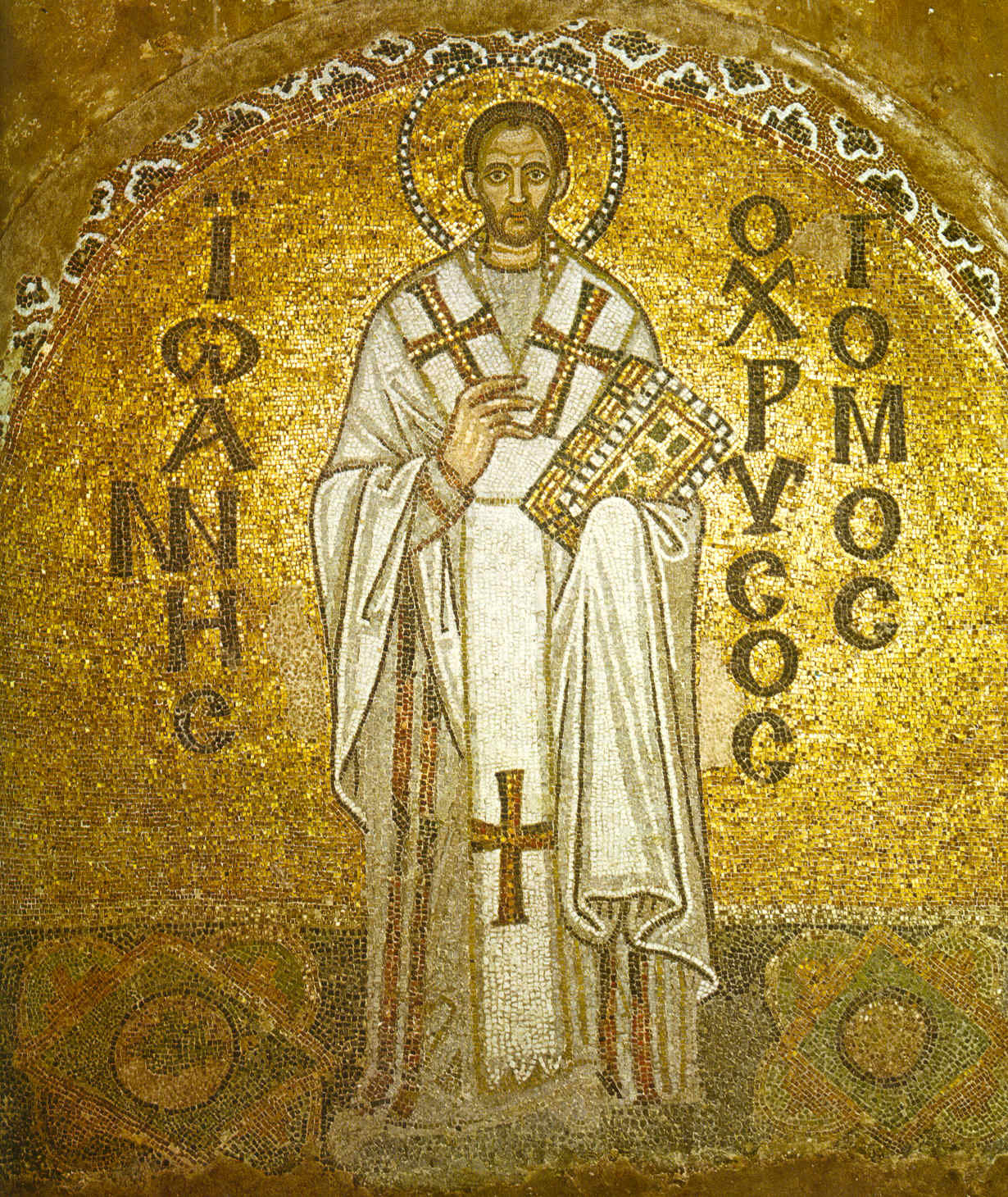In a recent blog posting, I noted that an Episcopal priest at the 78th General Convention of the Episcopal Church compared the marriage rite in The Book of Common Prayer to the Confederate flag. According to this priest, just as the Confederate flag is a symbol of hate that must be taken down, so, too, the Prayer Book's marriage rite is a symbol of discrimination that must be jettisoned and replaced with a gender neutral rite.
Unfortunately, the harsh rhetoric and loony comparisons continue. According to a Living Church article, for example, another priest speaking before the Special Legislative Committee on Marriage had this to say:
It is sad to see such ridiculous nonsense used to justify sweeping changes in the Church's faith and practice. But at least the implications of the Rev. Russell's language are clear: "If you disagree with us, then you are hateful, ignorant, discriminatory bigots and the moral equivalent of racists and segregationists."
It is beyond question that racism and bigotry, and endorsing segregation and apartheid, are evil. The Church cannot and should not tolerate such evil. So if the Rev. Russell is correct, anyone espousing the traditional, orthodox understanding of marriage as currently contained in the Prayer Book's marriage rite is endorsing the sacramental equivalent of apartheid, and thus endorsing evil. Such persons should not be allowed to hold positions of power and influence in the Church. They should not be tolerated.
If rhetoric like the Rev. Russell's wins the day, it's hard to see how there can be space for diversity and disagreement. If General Convention goes down this path, difficult days may lie ahead for anyone in The Episcopal Church who believes in and adheres in practice to the theology of the 1979 Prayer Book's marriage rite.
Unfortunately, the harsh rhetoric and loony comparisons continue. According to a Living Church article, for example, another priest speaking before the Special Legislative Committee on Marriage had this to say:
"It is time to let our yes be yes, and end what is nothing less than de facto sacramental apartheid," said the Rev. Susan Russell of All Saints Church, Pasadena, a member of the marriage task force.
It is sad to see such ridiculous nonsense used to justify sweeping changes in the Church's faith and practice. But at least the implications of the Rev. Russell's language are clear: "If you disagree with us, then you are hateful, ignorant, discriminatory bigots and the moral equivalent of racists and segregationists."
It is beyond question that racism and bigotry, and endorsing segregation and apartheid, are evil. The Church cannot and should not tolerate such evil. So if the Rev. Russell is correct, anyone espousing the traditional, orthodox understanding of marriage as currently contained in the Prayer Book's marriage rite is endorsing the sacramental equivalent of apartheid, and thus endorsing evil. Such persons should not be allowed to hold positions of power and influence in the Church. They should not be tolerated.
If rhetoric like the Rev. Russell's wins the day, it's hard to see how there can be space for diversity and disagreement. If General Convention goes down this path, difficult days may lie ahead for anyone in The Episcopal Church who believes in and adheres in practice to the theology of the 1979 Prayer Book's marriage rite.





